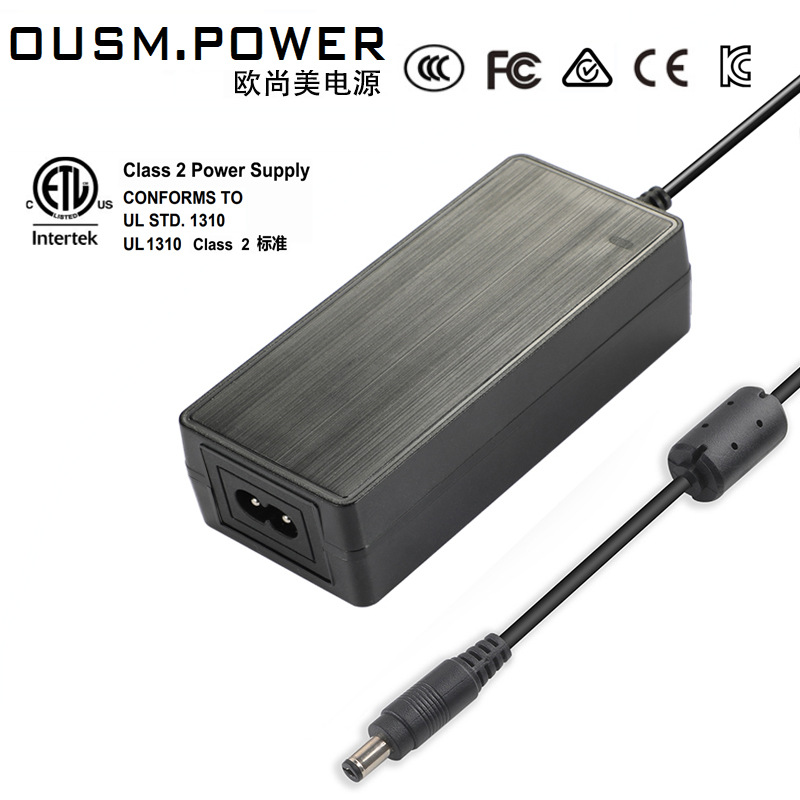The global shift toward renewable energy isn’t just about solar panels, wind turbines, or electric vehicles—it’s also being propelled by switching power supply (SPS) manufacturers, the unsung heroes of the clean energy revolution. These companies, traditionally known for producing compact, efficient power adapters for consumer electronics, are now pioneering technologies that bridge the gap between renewable energy systems and everyday applications. In this article, we explore how SPS manufacturers are reshaping the energy landscape, enabling smarter grids, reducing waste, and accelerating the adoption of renewables.
The Renewable Energy Challenge: Why Switching Power Supplies Matter
Renewable energy sources like solar and wind are inherently intermittent and variable. Unlike fossil fuels, which provide steady power output, renewables rely on weather conditions, time of day, and geographic location. This inconsistency creates a critical challenge: how to store, stabilize, and distribute renewable energy efficiently.
Enter ac dc power adapter. These devices, which convert electrical power efficiently from one form to another (e.g., AC to DC), are essential for managing energy flow in renewable systems. Their ability to handle fluctuating inputs and deliver stable outputs makes them ideal for:
Solar inverters (converting DC solar power to AC for home use).
Battery storage systems (managing charge/discharge cycles).
Smart grid infrastructure (balancing supply and demand in real time).
By improving the efficiency of these systems—often achieving 90–95% energy conversion rates—SPS manufacturers are reducing energy loss and making renewables more viable on a large scale.

Key Innovations Led by SPS Manufacturers
1. High-Frequency Switching for Solar and Wind Integration
Traditional power supplies operate at lower frequencies, leading to bulkier components and higher energy loss. Modern SPS designs use high-frequency switching (up to 1 MHz), enabling:
Smaller, lighter components (critical for rooftop solar installations).
Reduced heat dissipation, lowering cooling demands.
Faster response times to handle sudden changes in renewable input.
Companies like Oushangmei and Mean Well are deploying these designs in solar microinverters, allowing homeowners to maximize energy harvest even in low-light conditions.
2. Bidirectional Power Flow for Vehicle-to-Grid (V2G) Systems
Electric vehicles (EVs) aren’t just consumers of energy—they’re also mobile storage units. SPS manufacturers are developing bidirectional chargers that enable EVs to feed power back into the grid during peak demand. For example, Tesla’s Powerwall and Siemens’ Sicharge UC leverage advanced SPS technology to:
Stabilize grid frequency.
Provide backup power during outages.
Optimize energy costs for users.
3. Digital Control and IoT Integration
The rise of smart grids demands power supplies that can communicate and adapt. SPS manufacturers are embedding digital signal processors (DSPs) and IoT sensors into their products, enabling:
Real-time monitoring of energy flow.
Predictive maintenance to prevent system failures.
Remote firmware updates for future-proofing.
ABB’s Ability™ Energy Manager uses such technology to help factories cut energy waste by up to 30%.

Case Study: Powering Off-Grid Communities
In rural Africa, where 600 million people lack reliable electricity, SPS manufacturers are partnering with NGOs to deploy solar-powered microgrids. For instance, Phocos, a German energy solutions provider, uses ultra-efficient switching power supplies in its off-grid kits to:
Convert solar energy into usable AC power for homes and clinics.
Prioritize energy allocation (e.g., powering refrigerators for vaccines before entertainment systems).
Operate in extreme temperatures (up to 50°C/122°F).
These systems are not just providing light—they’re enabling education, healthcare, and economic growth.
Sustainability Beyond Energy Efficiency
Switching power supply manufacturers are also tackling sustainability at the production level:
Material Innovation: Companies like XP Power are phasing out rare-earth metals (e.g., cobalt) in favor of recyclable alternatives.
Circular Manufacturing: Bel Power Solutions has launched a take-back program to refurbish and reuse old power supplies, reducing e-waste.
Carbon-Neutral Factories: TDK-Lambda now powers its European plants entirely with renewables, cutting its carbon footprint by 40%.
Challenges and the Road Ahead
Despite progress, hurdles remain:
Standardization: Renewable systems vary widely by region, complicating mass production.
Cost Pressures: High-efficiency components (e.g., silicon carbide transistors) remain expensive.
Regulatory Compliance: Meeting diverse global standards (e.g., EU’s Ecodesign Directive) slows innovation.
However, with governments incentivizing green tech and corporations prioritizing ESG goals, SPS manufacturers are poised to lead the charge.
Conclusion: A Silent Force in the Energy Transition
While headlines focus on flashy renewables, switching power supply manufacturers work behind the scenes to make clean energy practical, affordable, and scalable. Their innovations—from smarter inverters to self-healing grids—are accelerating the global transition away from fossil fuels. As one engineer at Texas Instruments put it: “Without advanced power supplies, even the best solar panel is just a shiny slab of glass.”
The next time you plug in your phone or admire a solar farm, remember: the humble power adapter factory might just hold the key to a greener future.






